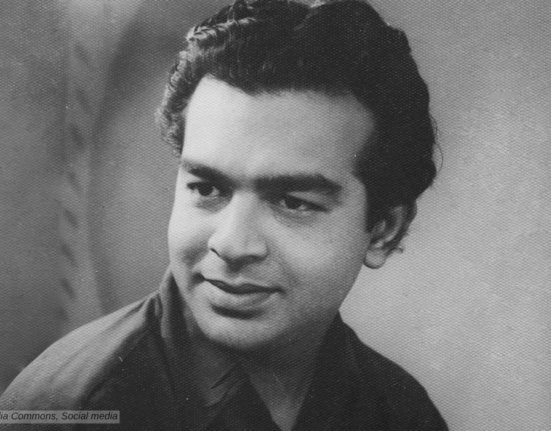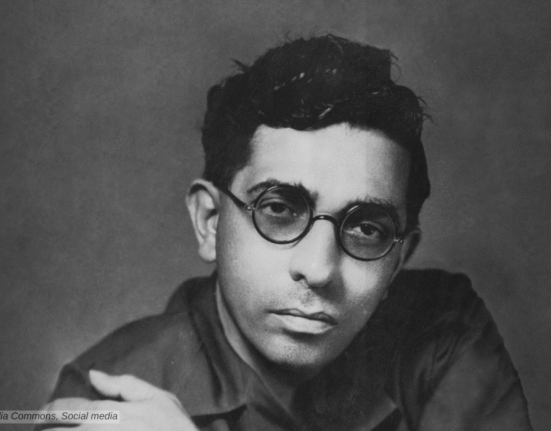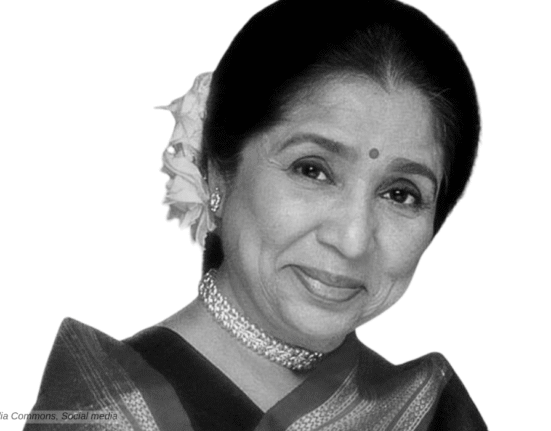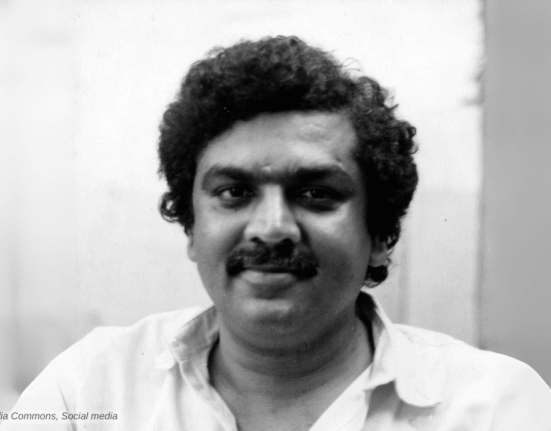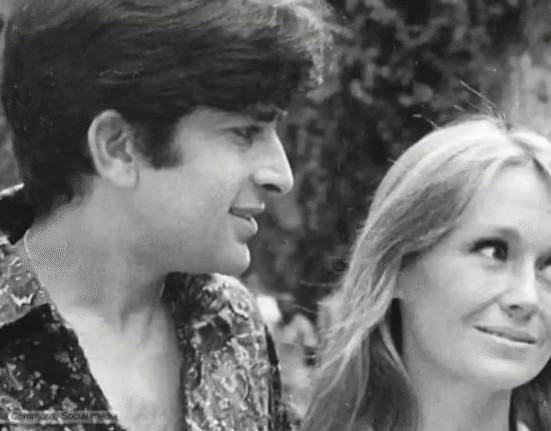The 1953 film “Daaera,” directed by Kamal Amrohi, was far ahead of its time, dealing with the themes of marital incompatibility and divorce. It is a film that resonates with the struggles of the human heart, seeking love and connection in a world bound by tradition and expectation.
The Story With a Difference
The film starred the legendary actress Meena Kumari and actor Nasir Khan in pivotal roles. “Daaera,” which translates to “circle,” is a narrative that unfolds the life of a young woman named Sheetal, portrayed by Meena Kumari, a young girl who is married to a much older and critically ill man (M. Kumar).
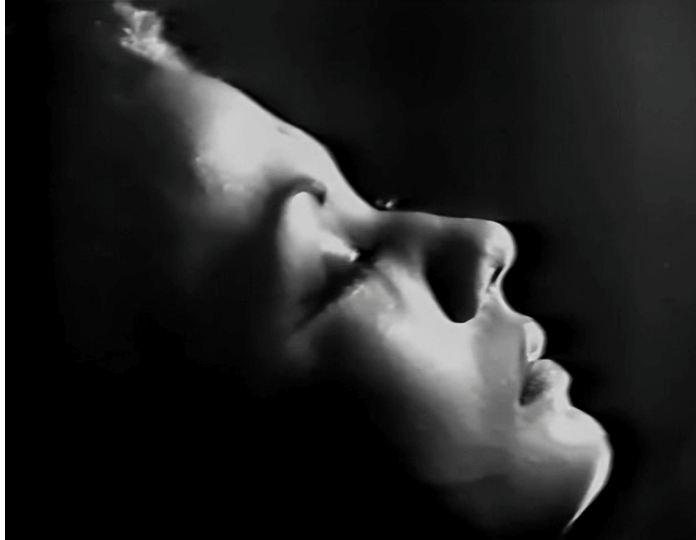
She lives in a haveli where she meets Sharan (Nasir Khan), the young son of the proprietor, who falls in love with her at first sight. However, their love remains unexpressed and unfulfilled due to the social and moral barriers that separate them. The plot delves into the complexities of her life as she is caught between pitiful circumstances and her own desires.
The film’s treatment of its subject matter was ahead of its time, dealing with themes of love, desire, and societal constraints. It showcases the emotional turmoil of Sheetal, who, despite being in a loveless marriage, remains a dutiful wife.
The Poetry on Cellulide
“Daaera” is a poetic tragedy that explores the themes of loneliness, longing, sacrifice, and fate. The film is notable for its use of silence, music, and imagery to convey the emotions of the characters. The film has a remarkable final sequence where Sheetal watches from her balcony as Sharan’s marriage takes place and passes away in silence.
“Daaera” is notable for its cinematic techniques, especially the use of light and shadow to reflect the inner turmoil of the characters. Meena Kumari’s performance in “Daaera” is often hailed as a defining moment in her illustrious career. Kumari brings immense depth of emotion to the character. She conveyed the inner turmoil and silent despair of Sheetal with subtlety and nuance.
Meena Kumari
Her portrayal is particularly remarkable for the minimal dialogue her character has. She relied heavily on facial expressions and body language to communicate Sheetal’s feelings. One of the most notable aspects of her performance is a six-and-a-half-minute close-up. It is perhaps one of the longest close-ups in film history. This extended shot captures the raw and nuanced emotions of Sheetal, allowing audiences to fully engage with the character’s plight.
Kumari’s ability to express a range of emotions without words is a testament to her skill as an actress. Her performance in “Daaera” is a masterclass in non-verbal acting. She showcaced her capacity to convey complex emotions such as longing, despair, and resignation with great conviction. It’s a performance that stays with the viewer long after the film ends, marking it as one of the most poignant roles in Indian cinema.
The film also saw comendable performances from Nasir Khan and Nana Palsikar.
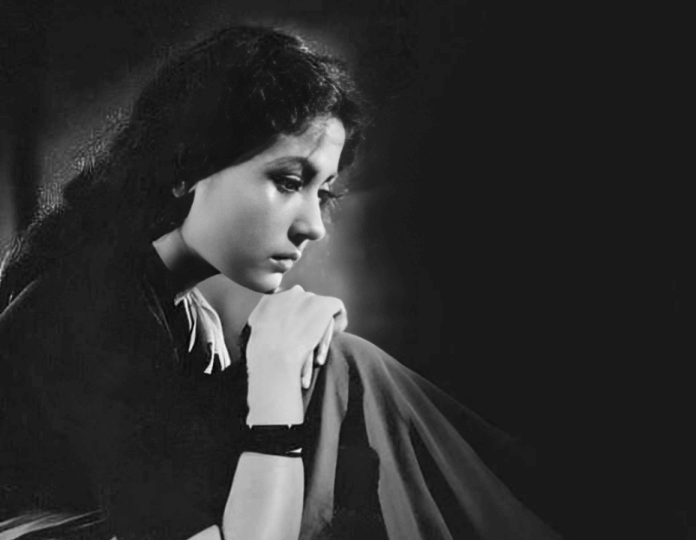

The Technicalities
Despite its artistic merits, “Daaera” did not achieve commercial success at the time of its release. However, it has since been recognised for its bold storytelling and the powerful performance by Meena Kumari.
The film’s cinematography, helmed by Mukadam, created a visual language that communicates the emotional states of the characters and the underlying themes of the narrative. The framing of shots, especially the close-ups of Meena Kumari, serves to draw the audience into the intimate world of the protagonist, Sheetal.
Music
The music of “Daaera,” composed by Jamal Sen, reflects the melancholic mood of the story, with lyrics penned by Majrooh Sultanpuri and Kaif Bhopali. Songs like “Devta Tum Ho Mera Sahara” by Mohammed Rafi and Mubarak Begum and “Suno More Naina” by Mubarak Begum carry the narrative forward, adding layers to the characters’ emotional journeys. Some of the memorable songs include” “Aansoo To Nahin Hai” and “Ae Chand Sitaron,” “Kaho Dola Utaaren Kahaar,” “Deep Ke Sang Jaloon Main Aag Mein,” and “Aa Bhi Ja Meri Duniya Mein.”
Legacy
The film is not without its flaws, especially some theatrical acting typical for its era and the slow pacing. It also had some abrupt editing; it may be the result of the terrible quality of print we have come across. The film also deserves a restoration, as the available print is very bad.
Daera is a film that deserves to be rediscovered and appreciated for its artistic vision and its sensitive portrayal of unrequited love. The film is also notable, as it reflects the personal and professional relationship of Kamal Amrohi and Meena Kumari. A bitter sweet story full of misunderstandings, ego classhes and sufferings. The legacy of “Daaera” lies in its exploration of complex human emotions and the societal pressures that shape our lives.
Daaera on IMDB



